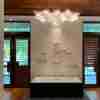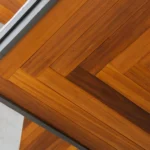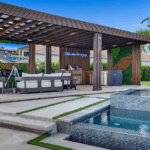Hardwood
What Changes The Color Of Hardwoods? Here Are The 2 Most Important Reasons
Too much of something is not always a good idea, and that includes too much sun. Just as excess ultraviolet rays harm the skin, they also affect hardwoods. What changes the color of hardwoods most is prolonged sun exposure, which is the leading cause of fading on outdoor decks. While this does not weaken the structure of your deck, it does alter its appearance.
The effect depends on the wood’s natural tone. Some hardwoods darken, while others lighten over time. With species like Ipe and Cumaru, the shift in color takes on an especially interesting twist.
Ipe and Cumaru are at the top of the world’s best tropical hardwood species list. Both of these hardwoods are also affected by the sun, which causes their natural color to take on a silvery hue known as silver patina. This platinum tone is very attractive and even preferred by some people.
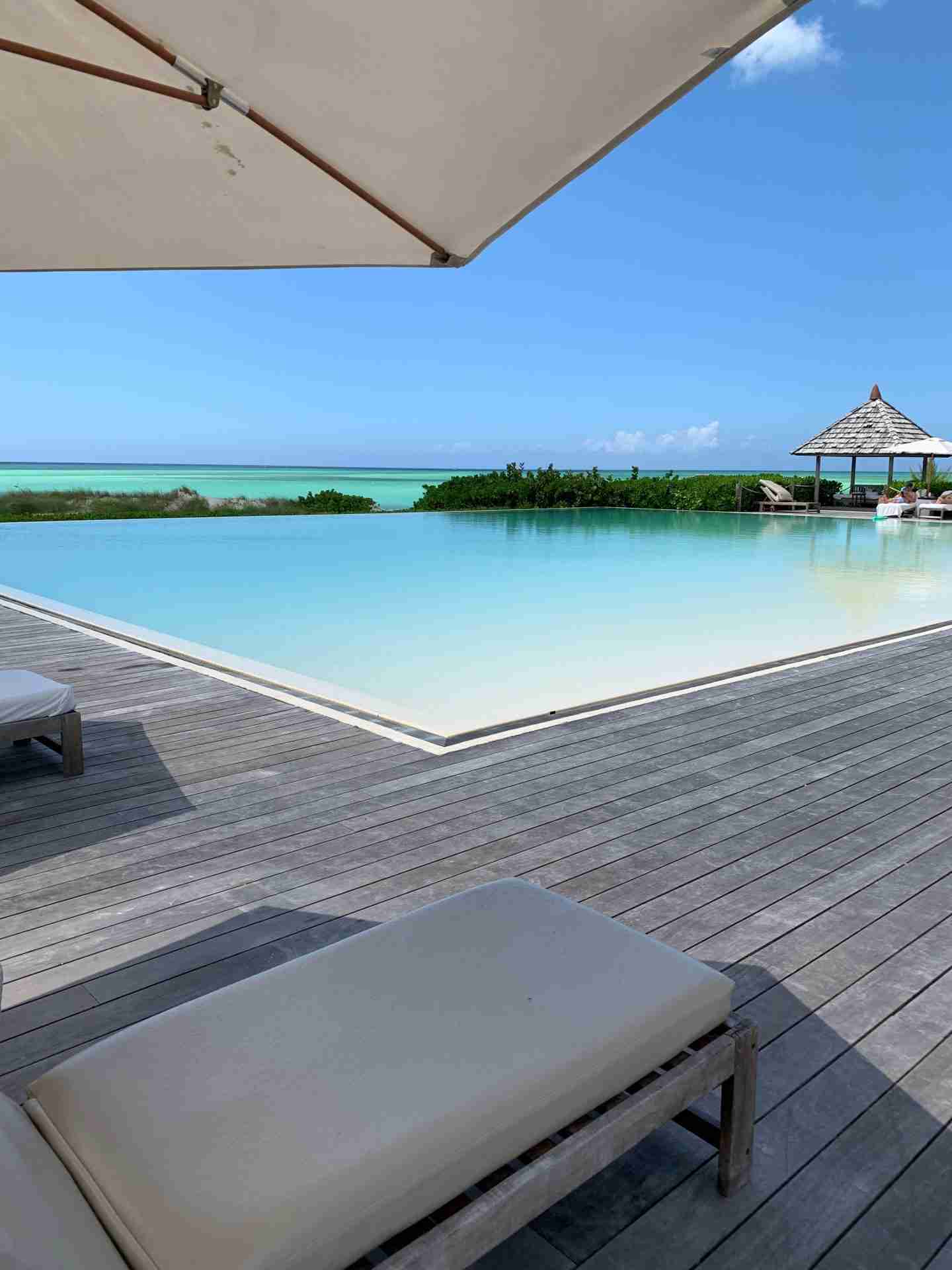
These two extraordinary types of wood share many qualities and characteristics due to their natural properties, such as resistance to weathering, water, insects, and rotting. They are also low-maintenance materials and have a lifespan of over 50 years.
Even if we said it at the beginning, this fact is worth repeating. The color changes that hardwoods may experience do not affect their structure. It is only an aesthetic difference that also has admirers.
Moving on to the topic, you now know with this prior information that too much sunlight will change the natural color of your wood. But there’s something else that can cause the same effect if you don’t include it in your cleaning routine. Want to know more? Let’s get started.
What changes the color of hardwoods most?
-
Too Much Sun Changes The Natural Color Of Hardwoods
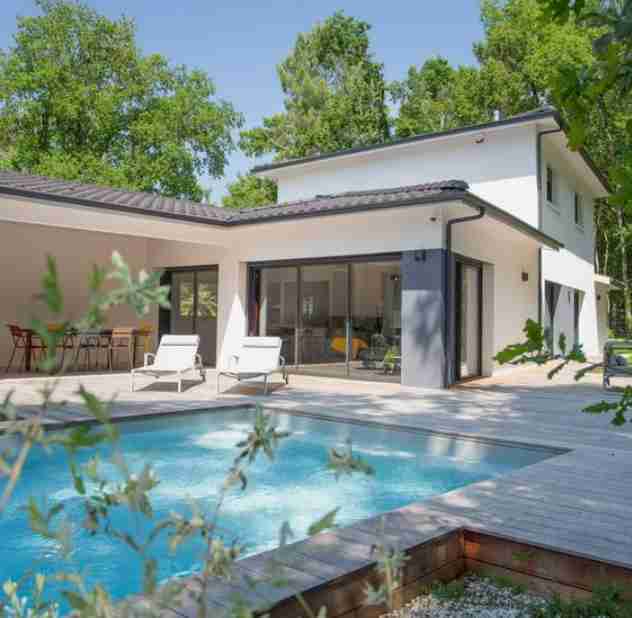
UV rays change the color of the wood by accelerating the oxidation process inside the lumber. Why? Because oxidation processes hold molecules together by building chemical bonds between them. Thus, the color change occurs when the wood surface interacts with air and ultraviolet light.
When this happens, the resulting oxides will ultimately degrade the wood. The interaction between those molecules will absorb and reflect spectra through the wood, changing its natural color. This is how discoloration occurs, making the wood darker or lighter. Here is a list with some examples from other types of wood.
Become darker Become lighter
Mahogany Red Oak
Tigerwood Hickory
Poplar
Maple
The effect of sunlight on wood should not be considered a bad thing. Most woods enhance their appearance and look more stunning with this change of color. A perfect example is the silver patina Ipe and Cumaru acquire when exposed to too much sunlight.
These two unique wood species are widely used for outdoor construction due to the amazing features that make them resistant to any external factor.
Ipe and Cumaru are also very durable and less prone to scratches or splintering. These two features are why they are often chosen for high-traffic deck areas such as sidewalks, boardwalks, and backyard decks.
The natural color of Ipe varies from reddish-brown to yellowish olive-brown. Cumaru, on the other hand, is medium to dark brown, sometimes with a reddish or purple tinge. In both species, the platinum hue they get when exposed to the sunlight provides a radiant shine that enhances their elegance and beauty.
Actually, lots of luxury resorts in the Caribbean take advantage of this color change in their facilities. An advantage of having the deck go gray is that it is even less heat-absorbent. Light color reflects most of the visible wavelengths, which, in turn, absorb less heat.
2. Preserve The Natural Color Of Hardwoods By Applying Oils To Their Surfaces
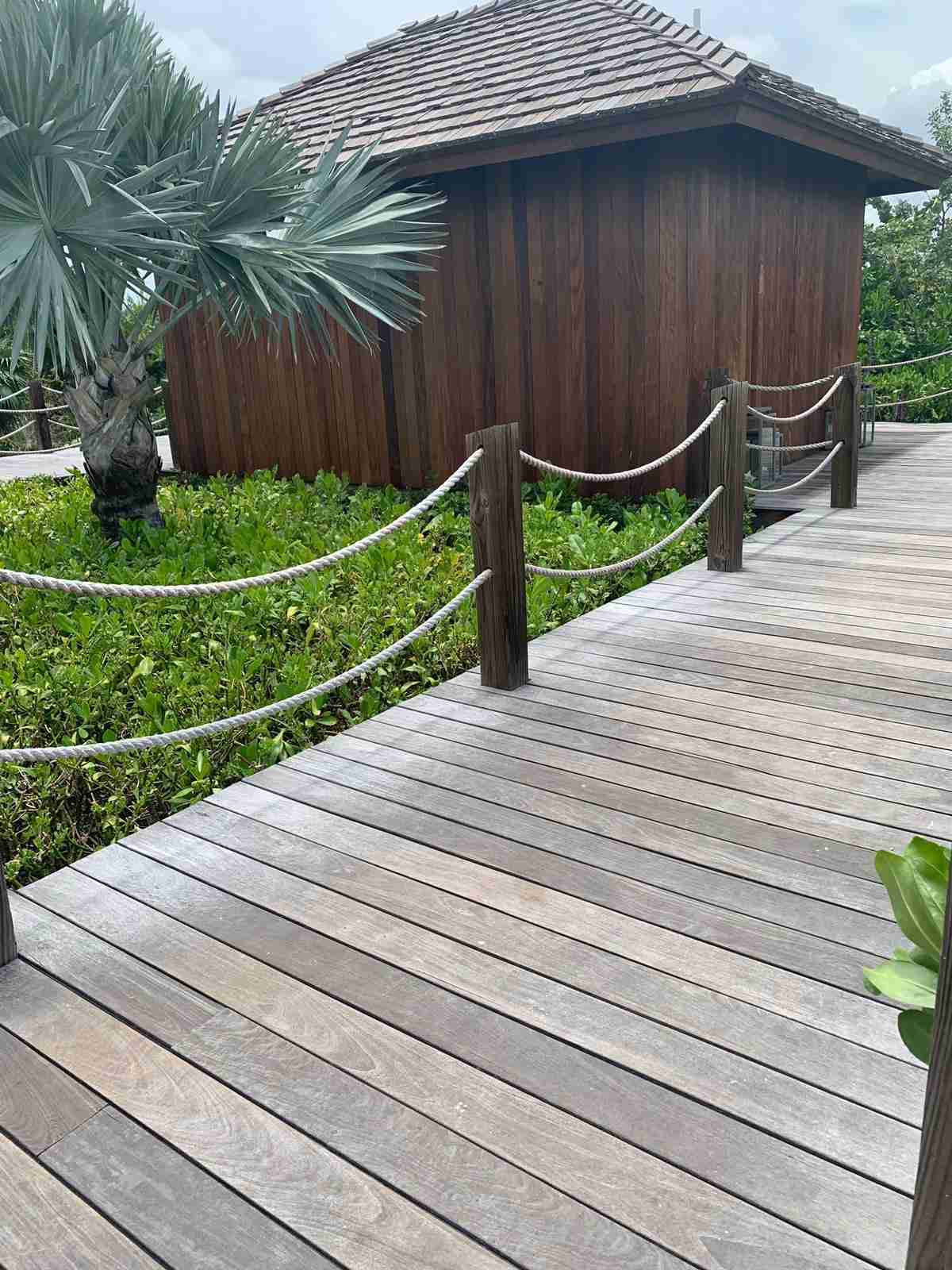
If you have a hardwood deck, you won’t need to worry about purchasing expensive products to keep it in top condition or spending a lot of time taking care of it. Hardwoods are long-lasting materials that require little to no maintenance.
Nevertheless, having a proper cleaning routine to keep your deck spotless is always a positive habit. The right way to clean your deck includes the use of oils or sealers that protect the color from fading.
We recommend this cleaning process for your hardwood deck:
- Sweep it daily to remove dirt, pollen, and leaves. You can follow this step every day, but with the rest of the process, it won’t be necessary. Repeat the washing, drying, and oiling steps once every six months, and your deck will be just fine.
- Scrub and wipe your hardwood deck. Use a brush to apply your preferred cleaning solution to the boards. Then rinse the entire decking again to ensure no residue is left on the wood.
Before cleaning the hardwood deck, make sure that the weather does not hold any unpleasant surprises. Choose a sunny day, when the air is dry and the chances of rain are minimal.
Pressure-washing your hardwood is a tricky subject. Some experts say it’s harmful, while others advise that it’s okay. If you choose to pressure wash the deck, make sure the setting is no higher than 1200psi.
We have a recommendation for this step. Not all cleaning products are suitable for hardwoods, so we suggest making a solution by mixing a gallon of warm water with a quart of powdered oxygen bleach.
3. Allow your deck to dry thoroughly for at least 24 hours.
4. Then oil it with proper products like the ones we sell here at Brazilian Lumber. You can also use sealers; just make sure your product has UV inhibitors. This will prevent UV rays from entering the surface of the wood and affecting its natural color.
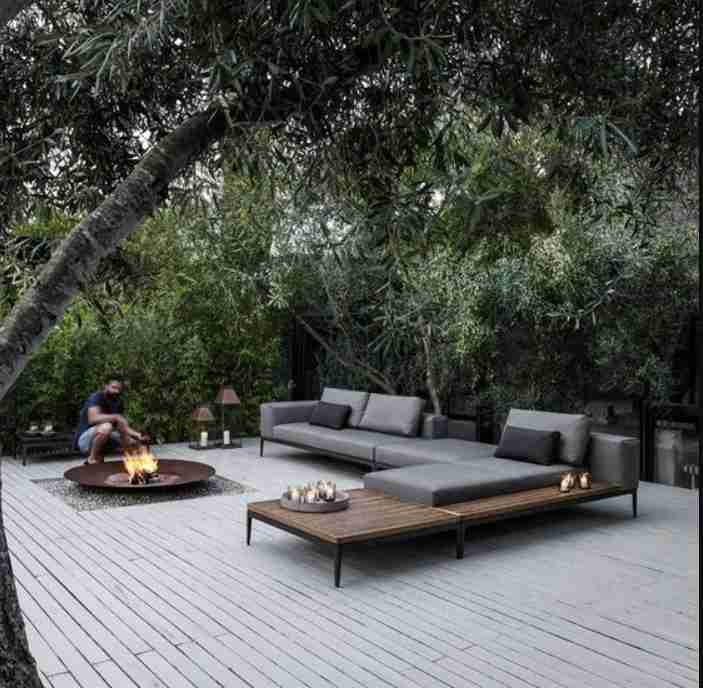
To prevent the color from fading, sand your deck before applying the oil. For proper sanding, you can use 220 grit sandpaper, then wipe the surface with a damp cloth or sponge. This will improve the texture and allow the lumber to absorb the oil better. As for the material, it is recommended to use garnet to remove scratches and prepare the surface for finishing.
In summary, if you want to preserve the natural color of your hardwood, you need to protect it from excess sunlight. You may also need to include the application of oils or sealers as part of the cleaning routine. Or you can let the color change naturally and appreciate the new look of your outdoor area. A silvery landscape doesn’t sound bad if your deck is made of Ipe or Cumaru.




